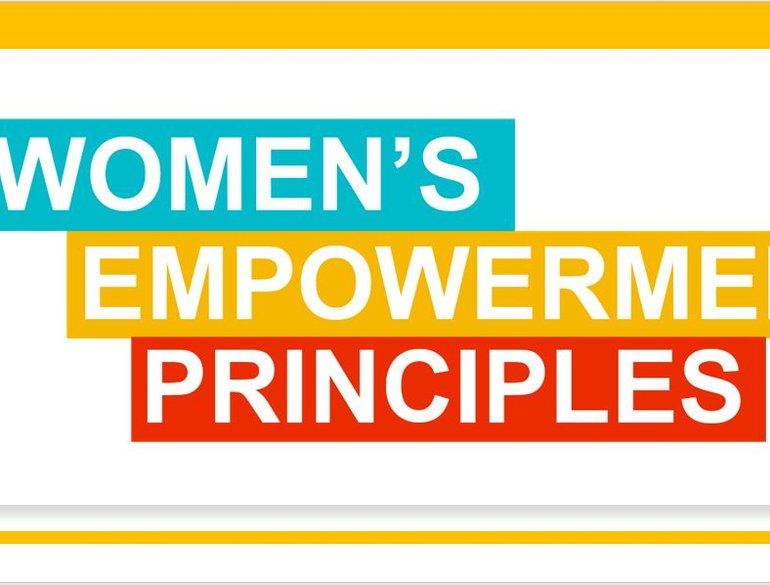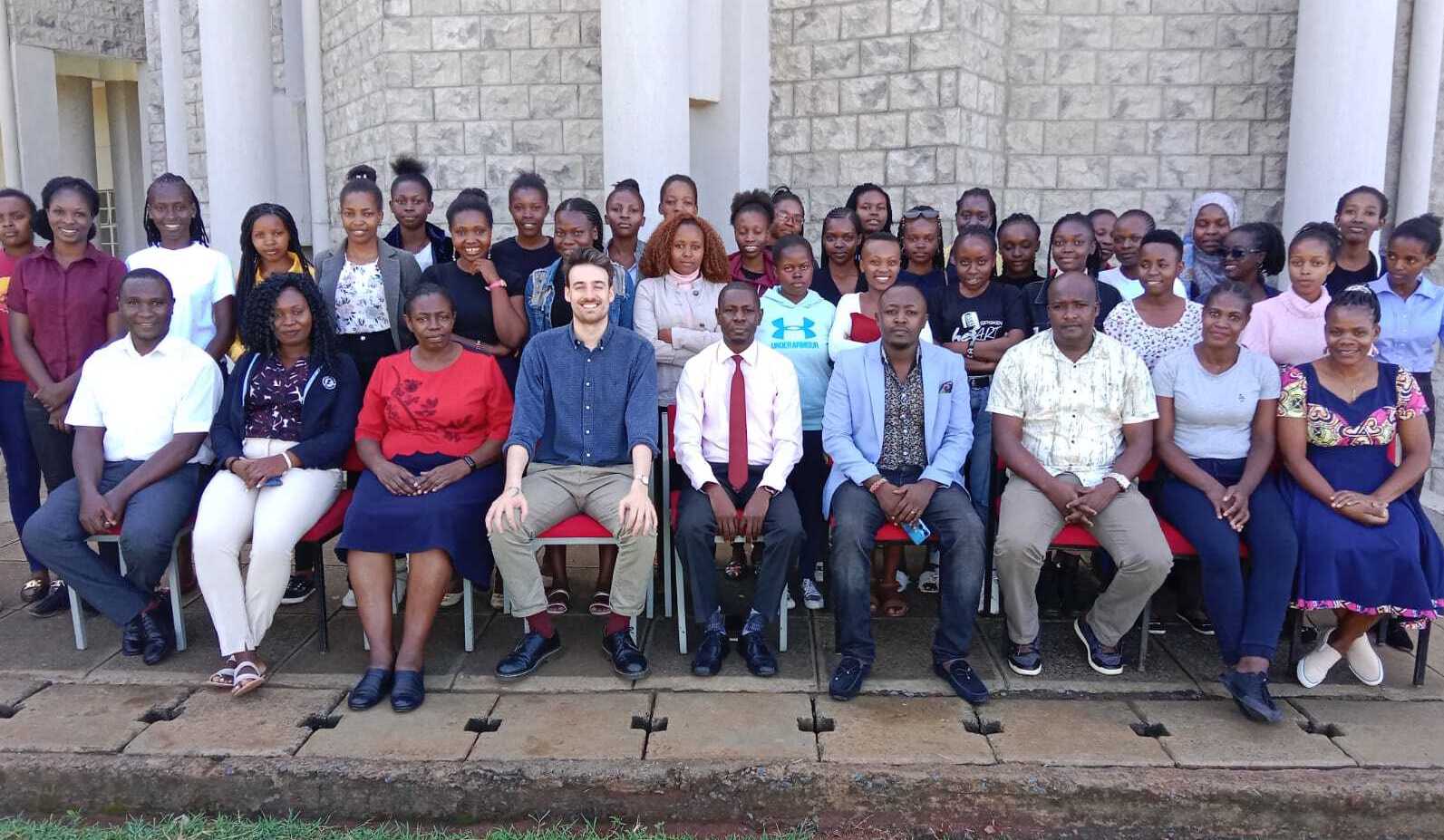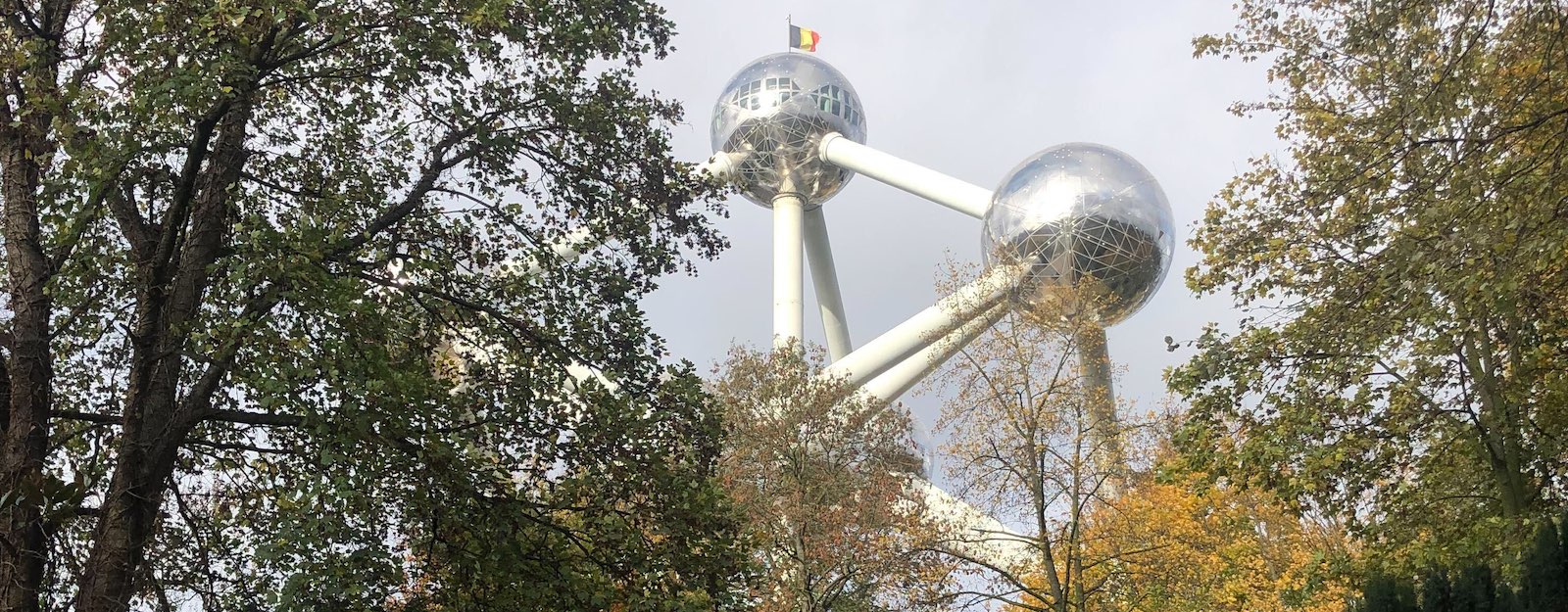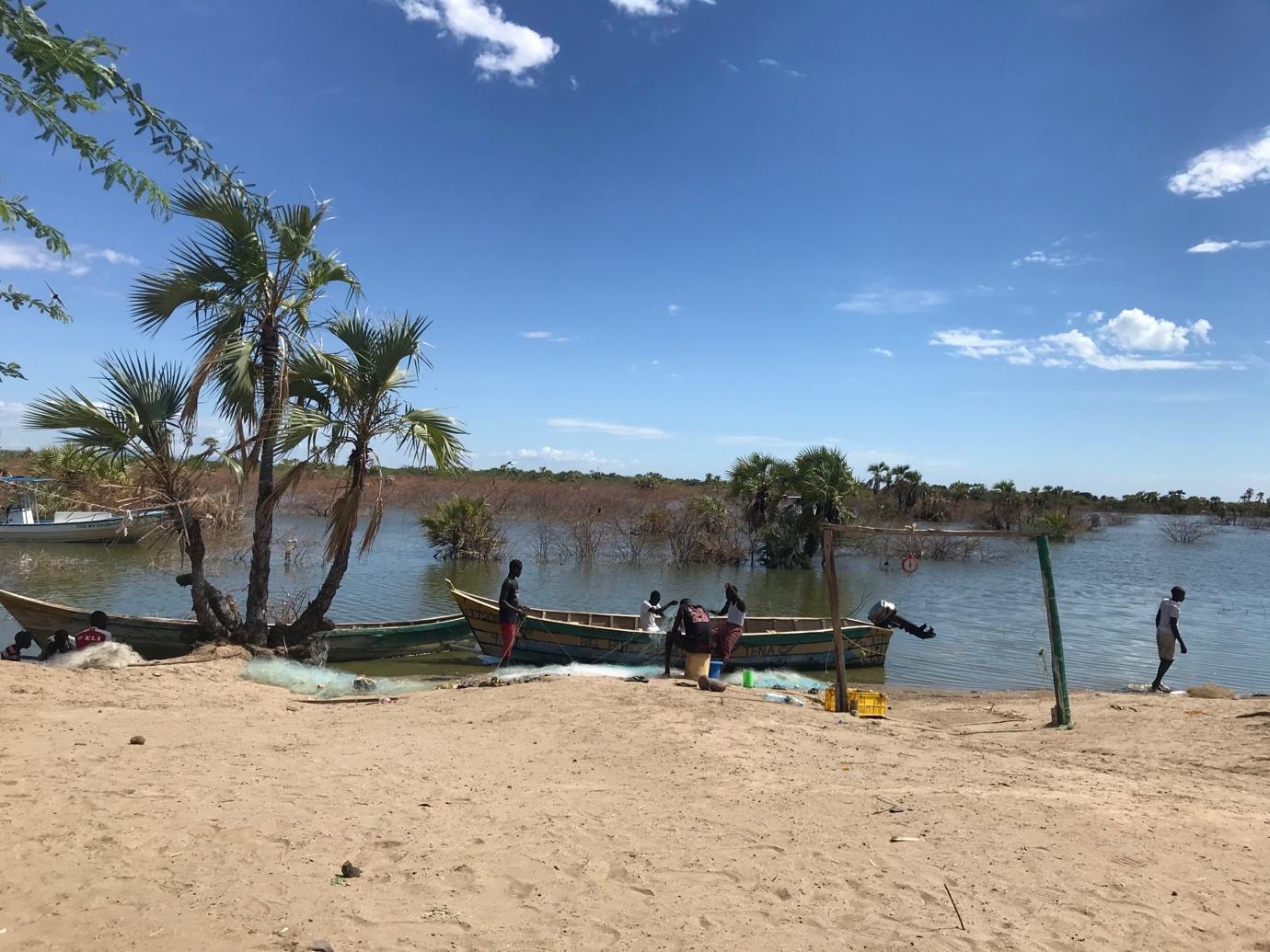Addressing Vulnerabilities: A Closer Look at Migrant Communities
Rosa Pouakouyou
20th June 2024
11 minute read.
As we celebrate Refugee Week, we turn our focus to the critical challenges faced by migrants and displaced persons in Sudan. Our evaluation of the PROTECT I project, created by the Danish Red Cross in partnership with the Sudanese Red Crescent Society and funded by the European Union and the Danish Ministry of Foreign Affairs, to enhance protection and support for migrants and vulnerable populations along key migratory routes in Sudan, reveals how targeted interventions can significantly enhance the protection and well-being of these vulnerable communities.
Refugee Week offers a vital opportunity to highlight the experiences and contributions of refugees and displaced persons worldwide. This annual event raises awareness, promotes empathy, and advocates for the rights of those forced to leave their homes in search of safety. It provides an opportunity for individuals, communities, and organisations to come together to learn about the realities faced by refugees, celebrate their resilience and strength, and explore ways to support and empower them.
Understanding the importance of Refugee Week lies in recognising the global refugee crisis as a humanitarian issue which demands attention and action. By increasing awareness and fostering dialogue, we can challenge misconceptions, combat discrimination, and promote inclusivity and solidarity with refugees. In doing so, we can continue to work towards building a more compassionate and supportive society for those forced to flee their homes in search of safety and a better future.
Reflecting on the diverse and complex experiences of refugees, migrants and internally displaced persons, this article delves into the multifaceted nature of migration and forced displacement, focusing in particular on gender and disability.
Understanding the Challenges: Gender and Discrimination
The experience of voluntarily and forcibly displaced people is often shaped by their particular characteristics such as gender, race, previous income and disability. Women refugees often face unique challenges rooted in the inherently gendered nature of displacement, which may distinguish their experience from other groups of people.
Long-ingrained harmful gender norms and stereotypes remain a persistent facet of life for women and girls as they face marginalisation and discrimination. Gender-based Violence (GBV), for example, is a key area of vulnerability for women and girls whereby they face a continuum of violence at all stages of migratory pathways from bullying and verbal abuse to physical abuse and sexual violence (UN Women, 2021). Sexual violence and exploitation, for instance, often increase during conflict with 1 in 5 women refugees experiencing sexual violence during their displacement (Women for Women International, 2024). The prevalence of GBV among women and girls in refugee settings underscores the urgent need for targeted interventions and support systems to combat this pervasive issue.
Other such vulnerabilities exist across migratory pathways regardless of where women and girls may resettle. For example, in urban areas, women and girls may be more vulnerable to exploitation, harassment, and abuse due to factors such as limited social support networks, language barriers, and precarious living and working conditions(Women’s Refugee Commission, 2011). Further, in rural settings women and girls may face increased isolation, limited access to resources, and traditional gender norms which restrict their mobility and decision-making power. They may also be at higher risk of domestic violence, forced labour, and other forms of abuse within refugee or host communities (The Social Policy Group, 2022). As such, displacement remains gendered at every stage, an experience which is often shaped by other characteristics such as race and ethnicity.
Efforts to address gender-based discrimination and violence among women refugees and migrants must take a multifaceted approach which includes increased legal protections, access to support services, community awareness and education, and empowerment initiatives. Failing to incorporate gender perspective into humanitarian programming and policy making can have detrimental effects for all individuals on the move (European Institute for Gender Equality, 2020). In doing so, organisations and governments can play a crucial role in advocating for the recognition and rights of women refugees.
Navigating Complexities: Diverse Abilities Among Refugees
The World Health Organisation estimates that an estimated 16 per cent of the global population has a disability (UNHCR UK, 2024). Of the estimated 120 million plus people who have been forcibly displaced worldwide, at least 17.6 million are people with disabilities, and yet refugees with disabilities frequently face additional barriers both in accessing the most essential services and in being included in community life, making them one of the most vulnerable groups in displaced populations (Women’s Refugee Commission, 2024).
The United Nations reports that within the context of conflict or natural disaster which force displacement, the relationship between disability and movement becomes increasingly complex (UN Department of Economic and Social Affairs, 2016). Disability may be pre-existing, but can also bea consequenceof forced displacement. Regardless of this, refugees with disabilities are often marginalised within humanitarian assistance due to physical, social and environmental barriers. This marginalisation occurs across the migratory pathways; in their countries of origins, spaces of transition and the places in which they resettle (Arsenijevićet al. 2018). Refugees with disabilities often face additional barriers in accessing rights, protection and essential services, such as healthcare, education, and employment, which frequently fail to consider and incorporate their needs. Because of this they remain ‘one of the most vulnerable and socially excluded’ groups within any displaced community (Pearse et al, 2016: 119).
Yet, in recognising and considering the experiences of refugees with disabilities it is critical that they, like all other groups, are not viewed as a homogenous group (Truong et al, 2022). Individuals with disabilities have diverse needs and capabilities based on their type of disability, and often face multifaceted challenges based on their disability, status as a displaced person and other characteristics such as race and gender, which shape their experience (Scalabrini Institute for Human Mobility in Africa, 2024).
Advocating for refugees with disabilities is crucial to ensure that their unique needs and challenges are addressed in humanitarian efforts and policy making. In addition, promoting greater awareness and understanding of their experiences can help break down stigmas and misconceptions surrounding disability within refugee and host communities, fostering greater inclusivity at both the local and institutional levels (Scalabrini Institute for Human Mobility in Africa, 2024). To ensure the rights, protection, equality and access of people with disabilities, including migrants, internally displaced persons and refugees it is important to remain cognisant of their diverse experiences, requirements, and challenges.
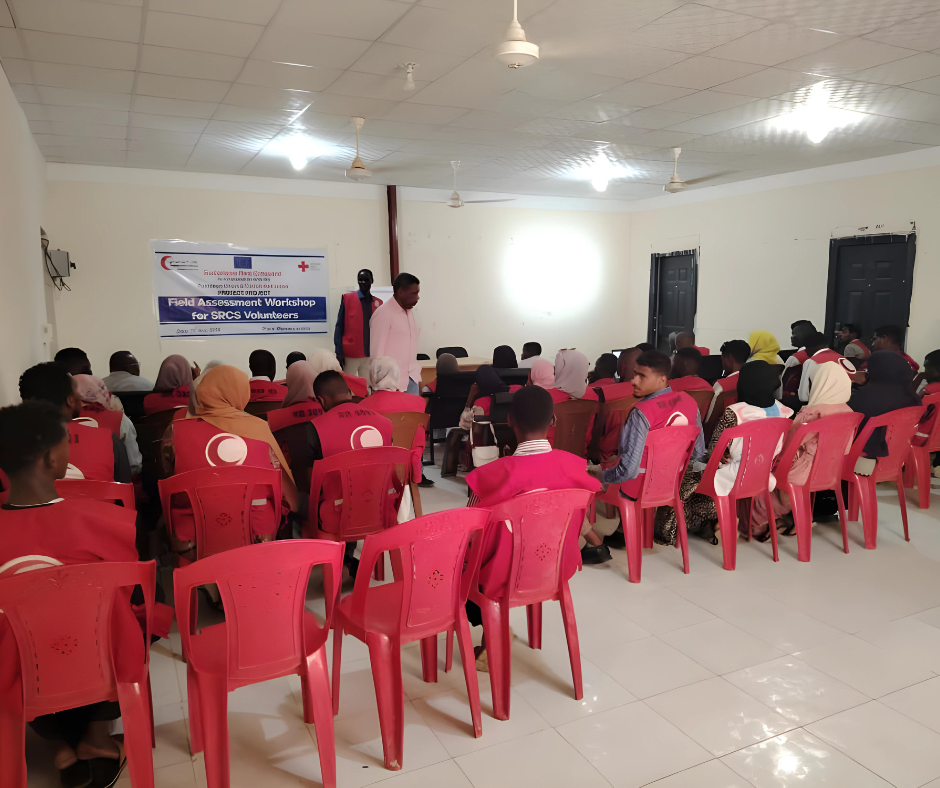
Project Spotlight: Evaluating Protection Efforts in Sudan
As part of our commitment to supporting vulnerable communities, Bodhi is currently conducting an endline evaluation for the Danish Red Cross. This evaluation focuses on the 'Protection of Persons of Concern and Vulnerable Migrants along Migratory Routes in Sudan Red Sea' initiative, funded by the European Union and the Danish Ministry of Foreign Affairs. This project, implemented by the Danish Red Cross in collaboration with the Sudanese Red Crescent Society seeks to improve the safeguarding and assistance provided to migrants and vulnerable populations along critical migration pathways in Sudan.
Sudan, positioned at a strategic crossroads in northeastern Africa, faces significant migration flows, both internally and across borders, including refugees from neighbouring countries like Ethiopia, Eritrea, and Somalia (EU Emergency Trust Fund, 2020). These migratory movements often involve perilous journeys facilitated by smuggling networks, leading migrants towards the borders with Egypt and Libya. In addition to managing the influx of migrants, Sudan faces significant challenges in supporting vulnerable groups like internally displaced persons, refugees, and returnees. The country is also dealing with a complex mix of issues- political instability, economic difficulties, social tensions, climate-change impacts, and health crises - that require a proactive approach (International Organisation for Migration, 2021). As of April 2023, Sudan is grappling with the world's largest internal displacement crisis, with over 24.7 million people needing assistance and 6.5 million internally displaced (OCHA, 2024).
In this context, the PROTECT I project focuses on enhancing the protection and support for vulnerable migrants along Sudan's key migratory routes in the Northern States, the River Nile State, and Red Sea State. Targeting refugees, returnees, stateless people and internally displaced persons, the initiative aims to reach 12,000 migrants and 9,000 individuals in host communities. By improving access to healthcare, protection services and emergency response support, the Danish Red Cross, in collaboration with the Sudanese Red Crescent Society, addresses the complex challenges these diverse communities face, contributing to their safety ,dignity and overall well-being. Through this comprehensive approach, the PROTECT I project aims to make a meaningful impact on the lives of vulnerable migrants and refugees, addressing the complex humanitarian challenges they face in their journeys and upon arrival, ultimately contributing to a more equitable and just society for all.
In our evaluation of PROTECT I we have found that the broader inequalities discussed in this article for marginalised groups such as women and girls, and people with disabilities had a pervasive presence in the Sudanese context. Women and girls in Sudan often face unique challenges within displaced and host communities and we found that PROTECT I has taken significant steps to address these vulnerabilities. For example, by providing designated safe spaces for women and children as well as providing access to personal hygiene items, and establishing counselling and psychological support services. Interventions of this nature are crucial in a context where conflict, vulnerability and exploitation continue to pose a threat to displaced individuals by providing a greater sense of security and autonomy.
Moreover, in the Sudanese context, refugees with disabilities grapple with substantial challenges, notably the significant barriers to accessing essential services. PROTECT I has sought to address such issues, for instance, by providing mobile health campaigns and clinics within the wider community, having observed and received feedback that fixed sites for clinics were difficult to access for groups such as people with disabilities and elderly individuals. Where this has not been possible free transportation to the centres has been provided to ensure as many people as possible are able to access health services especially in rural areas where service access is particularly limited.
Concluding Insights: Building a Just and Inclusive Society
The experiences of refugees, migrants, and internally displaced persons highlight the complex and multifaceted nature of migration and forced displacement. As we have seen, gender and disability can play a significant role in shaping the journeys and experiences of individuals on the move. It is essential that our understanding of these issues is nuanced and inclusive, acknowledging the diversity of experiences and perspectives that exist. By amplifying the voices of refugees, migrants, and internally displaced persons, we can foster a more compassionate and inclusive response that respects the dignity and rights of all individuals.



